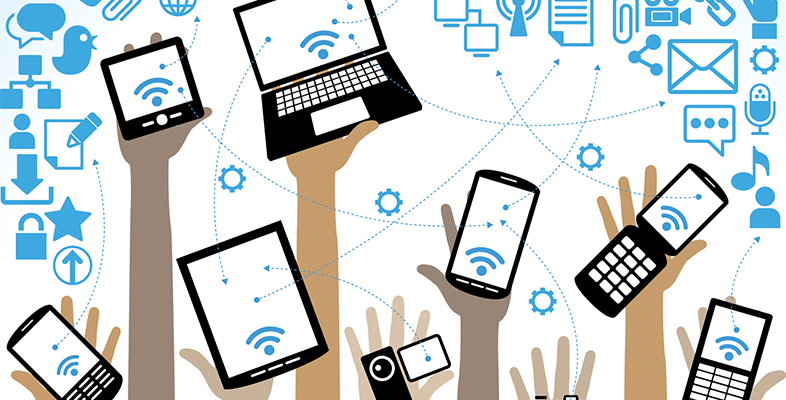1.1 What do you know about assistive technology?
In this activity, you will explore a number of different assistive technologies, including IT hardware, non-IT hardware, built-in software, and specialist software. You may be familiar with some of the technologies already.
Box 1 Assistive technology list
Information technology hardware
- Chording keyboard
- Keyguard
- Rollerball
- Joystick
- Graphics tablet
- Wheel mouse
- Touch screen
- Switches (with mounting device)
- Video magnifier
- Cassette recorder
- Minidisc recorder
- Digital recorder
- OCR pen
- USB memory stick
- PDA Digital camera
- Camcorder
- Video phone
Specialist software
- Screen reader
- Magnifier
- Word prediction
- Mind mapping
- Voice recognition
- Icon/toolbar design
Built-in hardware
- Magnifier
- Sticky keys
- Mouse keys
- Narrator
- On screen keyboard
- Filter keys
- Pointer options
- Toggle keys
- Display properties
Other hardware
- Adjustable table
- Lap tray
- Table lamp
- Wrist rest
- Foot rest
- Arm support
- Monitor arm
- Document holder
Activity 1
From the technologies listed above:
- make a list of those you haven’t heard of before
- make a list of those you have knowledge of.
For each technology, make a note of which impairments you think they address.
Pick four technologies from your list of those that you haven’t heard of. Using a search engine, such as Google, explore what they are and how they are used.
Discussion
This activity gave you an overall sense of the scope of technologies available. The activities that follow will help you to think about the experience of using some of these assistive technologies.
You may have noticed that the list of technologies includes some that are relatively old, such as cassette recorders. It is also rather PC-focused and does not include Mac built-in technologies such as VoiceOver.
In addition, the list does not fully reflect the way in which mainstream technologies may be used by disabled people, such as mobile devices and e-book readers. This reflects the changing nature of technology and its quick pace. Of course some people, perhaps older people, may still be using older technologies such as cassette recorders as they may feel more comfortable and confident with them. However, they are likely to find there are fewer cassettes available.
